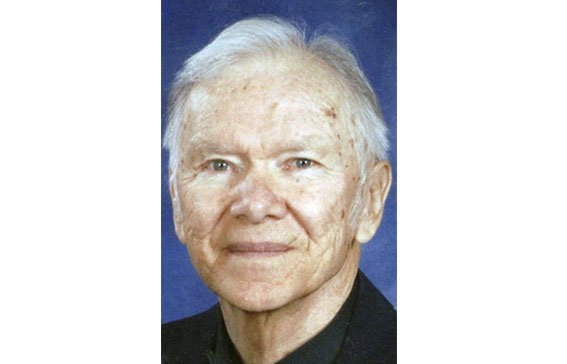GLOBAL FAITHS: Parsi agreement means declining population
Most of us have heard of Zoroastrianism, an ancient religion founded about 3,500 years ago by a Persian called Zoroaster. He is sometimes hailed as an early monotheist, positing a good God that he called Ahura Mazda, although he also identified an evil God called Angra Mainyu (or Ahriman), those two being the forces for good and evil in the world.
It was the responsibility of people to follow the good and reject the evil.
There is thus an important moral duty involved in Zoroastrianism. The Scriptures of Zoroastrianism are called the Avesta, written in ancient, now-defunct, languages. Scholars guess at the age of much of its contents, ascribing only a few of the hymns to Zoroaster himself.
Central to Zoroastrian religious practice is the maintenance of a perpetual fire, a fire whose purity is so meticulously tended that even the priests tending the fire wear a cloth mask over their mouths and noses. This sacred fire seems to be the channel of worship of the good God Ahura Mazda.
Another practice of Zoroastrianism in Persia in pre-Muslim days and in India until recently, at least, is the exposure of human corpses to vultures in so-called “towers of silence.” Though appearing rather grisly to us, this practice was based upon the Zoroastrian belief in the purity of the earth, which should not be polluted by burials. In recent years Parsis have compromised by allowing burial, provided the body is enclosed in a concrete vault to protect the purity of the earth.
Zoroastrianism became the state religion of ancient Persia — and of kings such as Darius — from around 600 years before the time of Christ until 650 CE, when it began to be persecuted by Muslim conquerors.
Beginning in the 700s some Zoroastrians therefore emigrated to India to escape Islamic persecution, landing in the western province of Gujarat. Those first Parsi immigrants lit a sacred fire on the beach, we are told, and have kept that fire going to this day — no longer necessarily on the beach.
The ruler of Gujarat at the time of Parsi immigration imposed a rule of “no conversions,” a condition the Parsis accepted. Called Parsis from their origin in Persia, they married only within their ethnic community. There is, however, a distinction they observe.
Children are Parsi by birth, but become Zoroastrian only through an initiation ceremony. It fits the Indian context and that society’s consciousness of caste and communalism. The only problem is Parsi declining population because of late marriages and few children per family. The reason may be partly the wealth of the Parsi community, which however has established a trust fund to subsidize housing for any Parsis earning less than $1,351 a month (in terms of U.S. funds), when the urban Indian poverty line is $13 a month.
The result is a Parsi population now down to 61,000 in India. Among them 1 in 10 women and 1 in 5 men are still unmarried at the age of 50. Only 1 in 9 Parsi families has a child under the age of 10.
In 2013, there were 735 deaths to only 174 births among them. One answer to the problem of declining population would be intermarriage, and such intermarriage now stands at 38 percent. But it risks the consequence of children of such marriages being regarded as “half castes” in the Indian environment.
Unless the tiny (by Indian population measures) Parsi community changes its marriage and family patterns to reverse the population decline, it faces a serious dilemma — either admit converts or proselytes, including the children of mixed marriages, or die out.
Marlin Jeschke is professor emeritus of philosophy and religion at Goshen College. In 1968-69 he received a Fellowship in Asian Religions, spending five months at the Center for the Study of World Religions at Harvard Divinity School and five months traveling in Muslim countries of the Middle East and Buddhist countries of Southeast Asia.
Published on Goshen News





